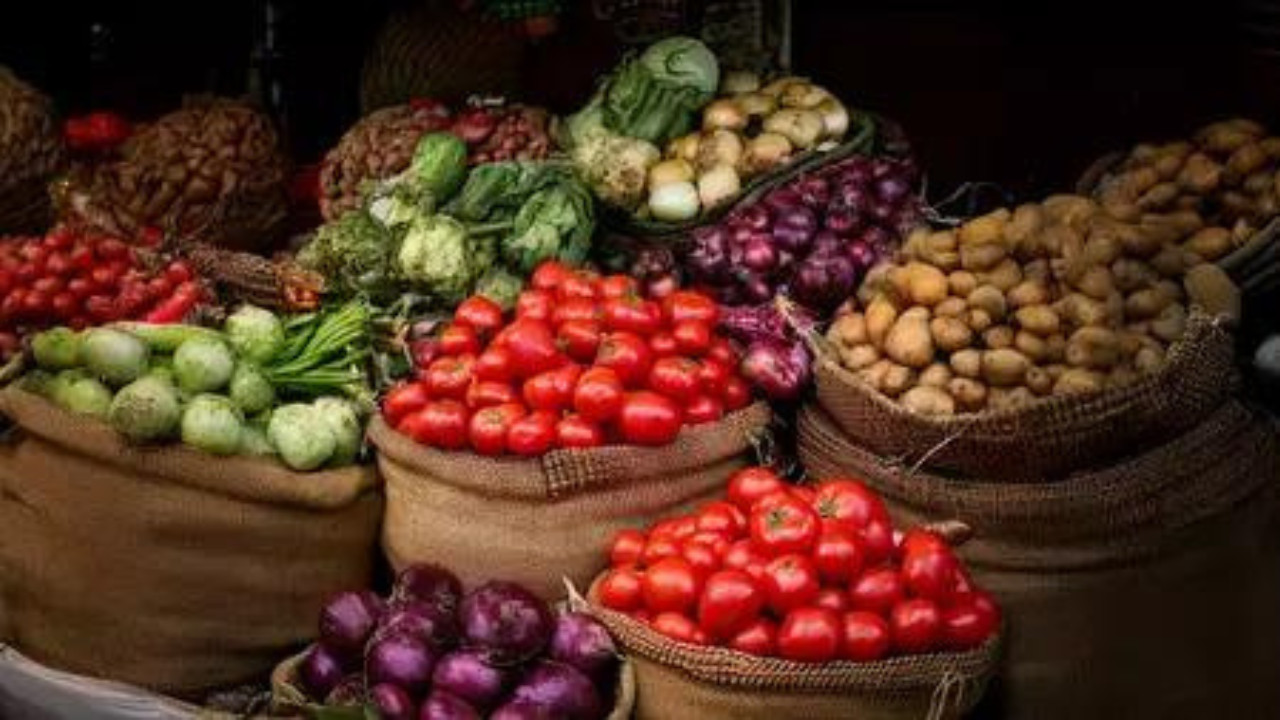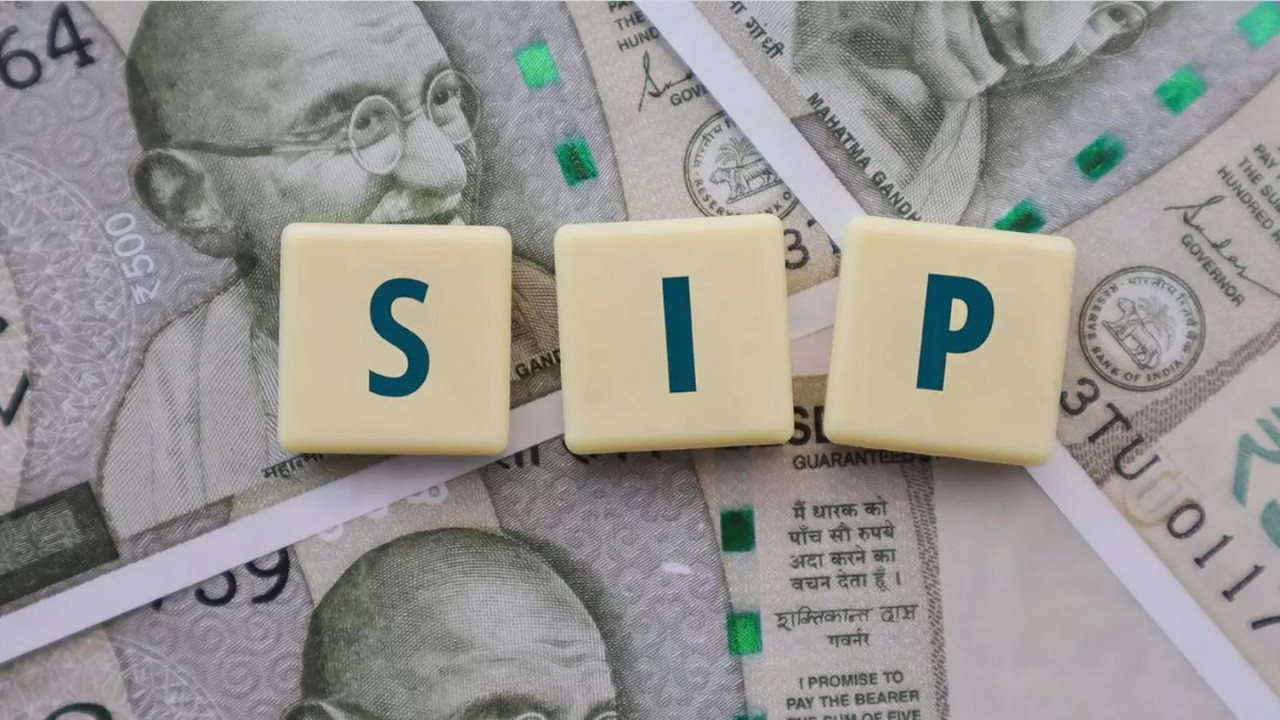India’s retail inflation significantly dropped to 1.54% in September 2025, the lowest since June 2017, driven by a fourth consecutive month of declining food prices. This easing reflects a favorable base effect and lower costs for vegetables, edible oils, and cereals, with food inflation hitting its lowest since December 2018.
A Sigh of Relief for Wallets? India’s Inflation Takes a Dramatic Dip
Remember that constant pinch you’ve been feeling in your pocketbook? Well, there might finally be some good news. India’s retail inflation has taken a surprising nosedive, hitting a low not seen since 2017. The Consumer Price Index (CPI), the barometer that measures the average change in prices consumers pay for a basket of goods and services, clocked in at a cool 1.54% in September. This is a significant drop from the 6.83% recorded just a year ago and even lower than the 3.21% in the previous month. What’s fueling this welcome change, and what does it mean for your everyday spending? Let’s dive in.
The Food Factor: Why Your Groceries Might Be Getting Cheaper
One of the major drivers behind this cooling inflation is the continued deflation in food prices. For the fourth consecutive month, the cost of food items has actually decreased. This means that the prices of staples like vegetables, pulses, and even some dairy products have been on a downward trend.

Several factors contribute to this. Favorable monsoon rains have led to a good harvest, increasing the supply of agricultural products. Government initiatives aimed at stabilizing food prices are also playing a role. So, whether you’re whipping up a simple dal or planning a festive feast, your grocery bill might just be a little lighter.
Beyond the Plate: What Else is Contributing to Lower Inflation?
While food prices have a significant impact on the overall retail inflation rate, they aren’t the whole story. Other sectors are also experiencing a slowdown in price increases. This includes areas like fuel and light, clothing, and footwear. While not experiencing deflation like the food sector, the rate of price increase in these areas is significantly lower than it was just a few months ago. This is partially attributed to global factors, such as lower crude oil prices, and domestic policy measures aimed at managing inflation.
Is This Trend Sustainable? Navigating the Future of Inflation
The big question on everyone’s mind is: will this period of lower inflation last? It’s a complex puzzle with many pieces. Global economic conditions, monsoon patterns, and government policies all play a crucial role. While current indicators suggest that inflation will remain relatively controlled in the near term, there are potential risks on the horizon. For example, an unexpected surge in global commodity prices or a weaker-than-expected monsoon could easily reverse the current trend.
The Reserve Bank of India (RBI) is keeping a close watch on the situation and has the tools to intervene if necessary. However, managing inflation is a delicate balancing act. Too much tightening of monetary policy could stifle economic growth, while too little could lead to a resurgence of inflation. Finding the right balance is key to ensuring sustainable economic prosperity. For insights into how other economic trends are impacting your finances, check out our article on [understanding recent changes in interest rates](internal-link).
What Does This Mean for You? A Silver Lining in Economic Times
Ultimately, lower inflation is good news for the average consumer. It means that your money stretches further, and you can afford to buy more goods and services. It can also lead to lower interest rates, making it cheaper to borrow money for things like home loans and car purchases. While the future is uncertain, the current dip in inflation provides a much-needed breather and a reason to be cautiously optimistic about the Indian economy.
In conclusion, the significant drop in India’s retail inflation, driven primarily by food price deflation and moderated price increases in other sectors, presents a positive outlook for consumers. While sustainability remains the key concern, with factors like global commodity prices and monsoon patterns playing pivotal roles, the current scenario offers a much-needed respite and a chance for increased financial stability.







